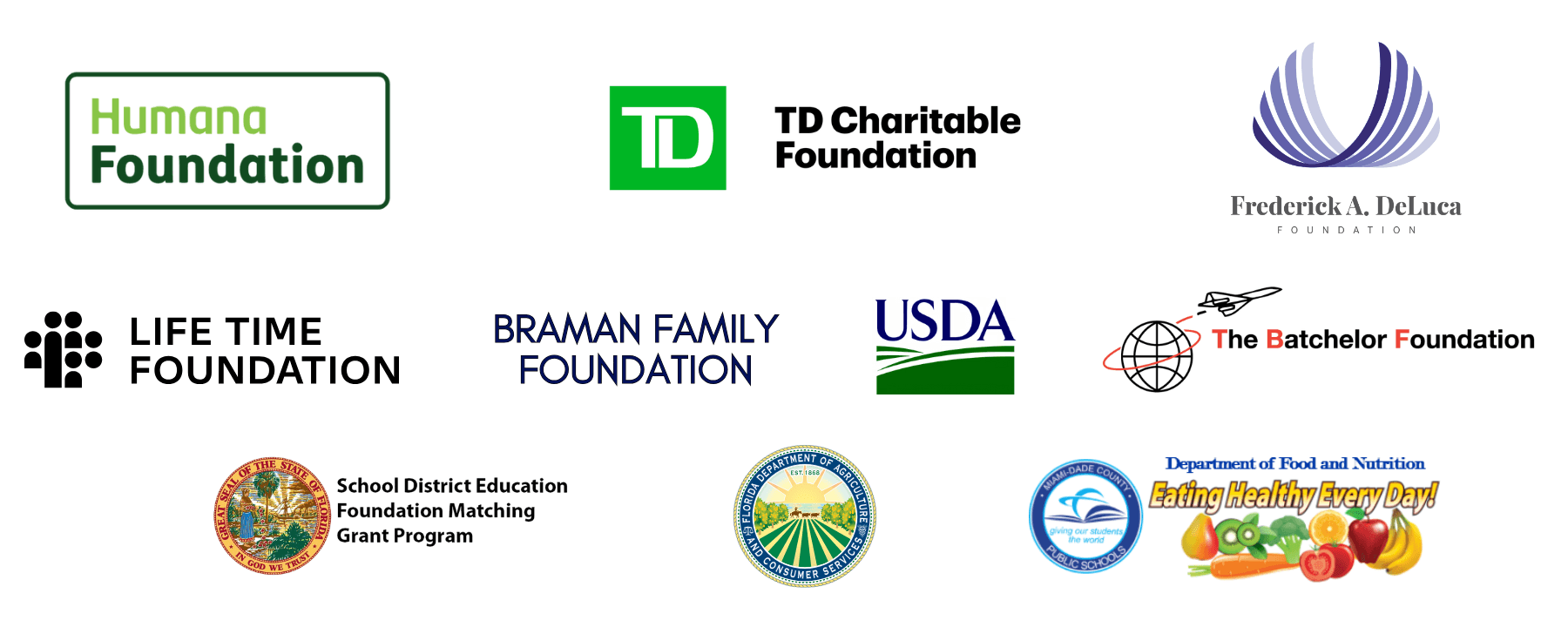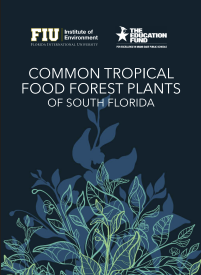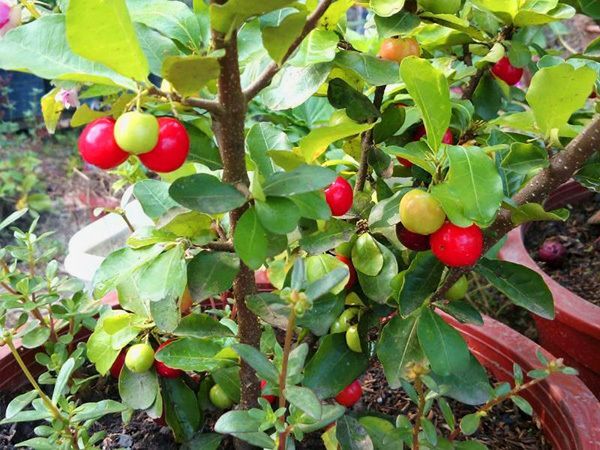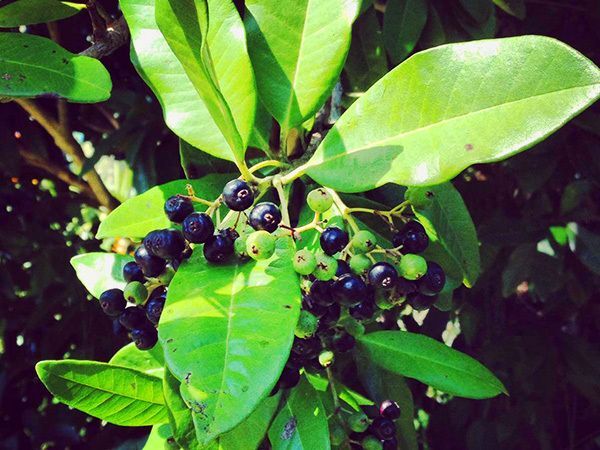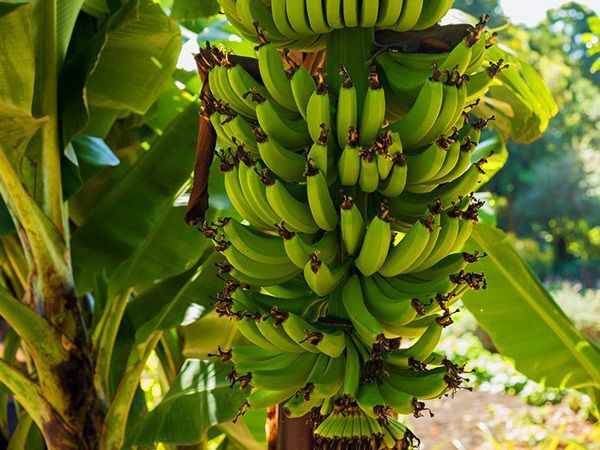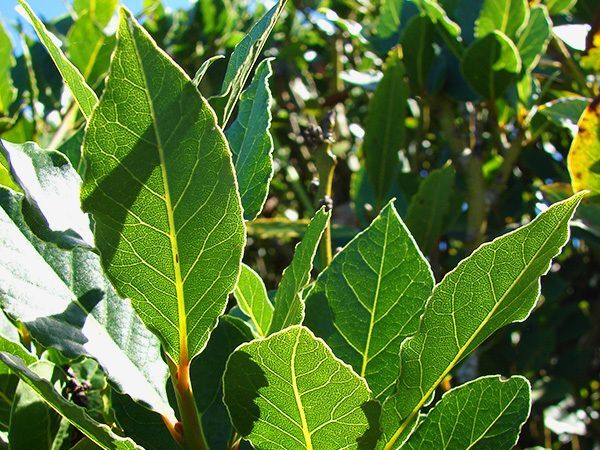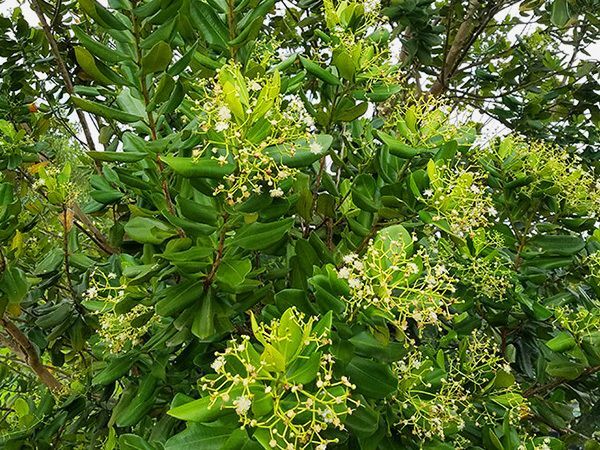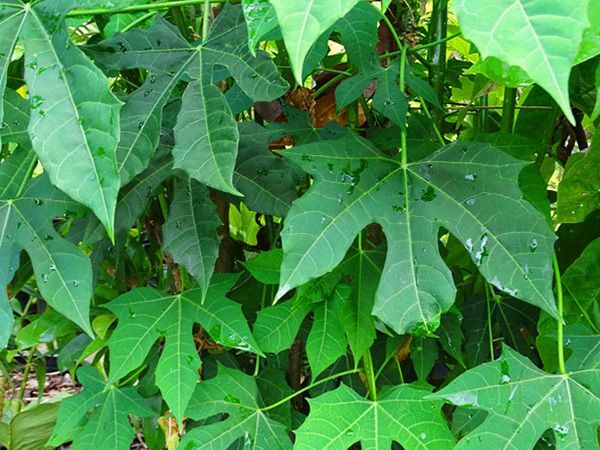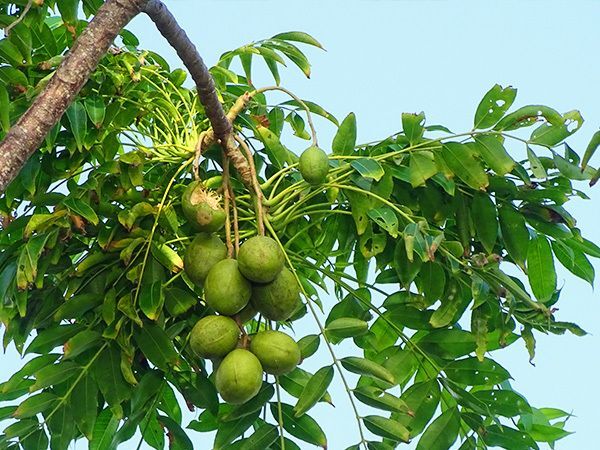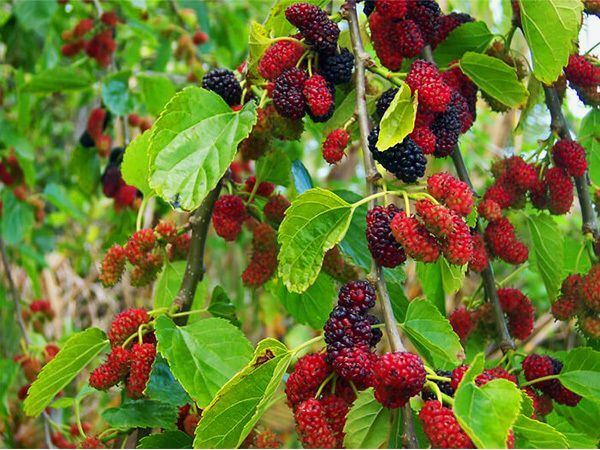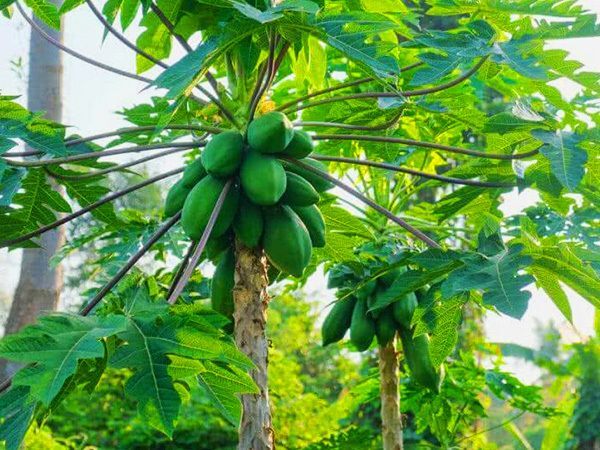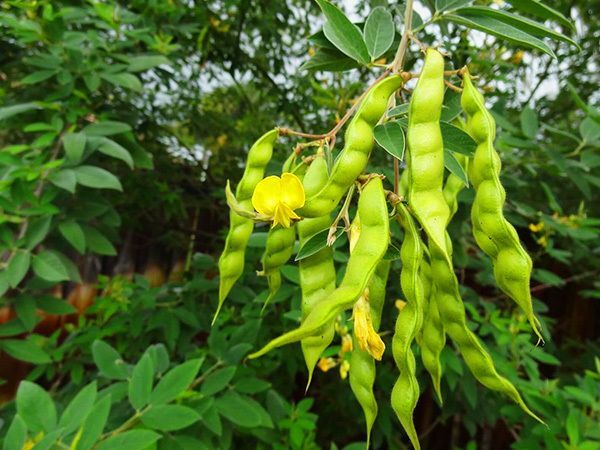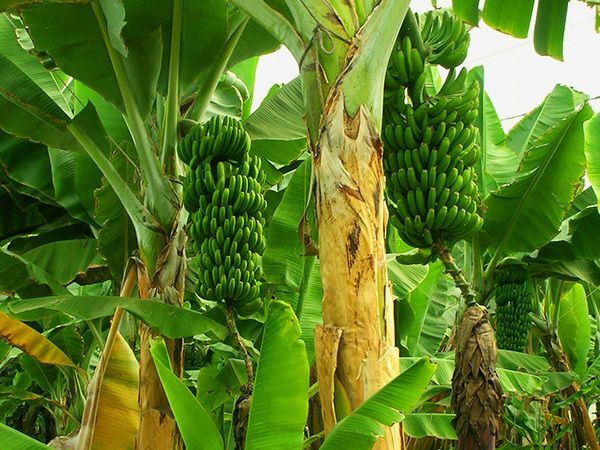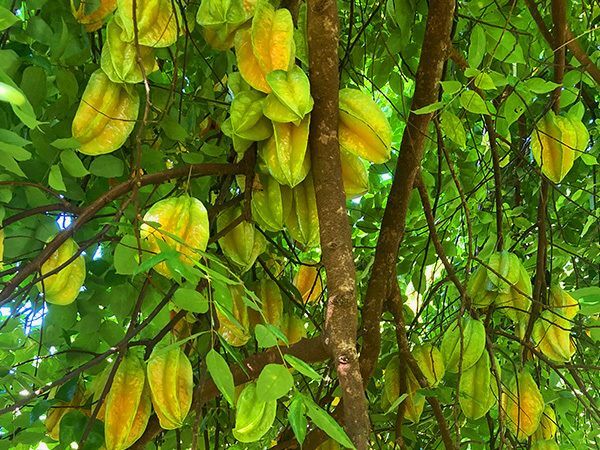The Education Fund Food Forests for Schools is a first-in-the-nation, large-scale initiative that increases tree canopy, while improving children’s academic success and nutritional health. As students traverse forests with winding paths through trees, bushes, vines, and groundcover, they learn about Moringa trees, with each leaf a complete protein that contains more calcium than milk, and Barbados Cherry trees, with one cherry having the Vitamin C of 18 oranges. Students engage in these unique outdoor “eco-labs” via hands-on lessons on photosynthesis, erosion, soil science, etc. Families benefit as students take home bags of healthy produce.
The modern-day food forest is derived from biodiverse, indigenous agroecosystems, dating back millennia. The ecological design of the food forest is rooted in the structure and diversity of natural systems, mimicking high diversity levels, nutrient cycling, root support, and multiple canopy layers (creating a “closed” system). In recent years, urban food forests have been highlighted as food security projects. These small food forests can also substantially increase other important ecosystem services (e.g., carbon storage, watershed protection, and cooling from increased shade).
See below for a sampling of canopy trees used in Food Forests for Schools.
